Māori history
Where can I find information about Māori history?
(Years 7-10)
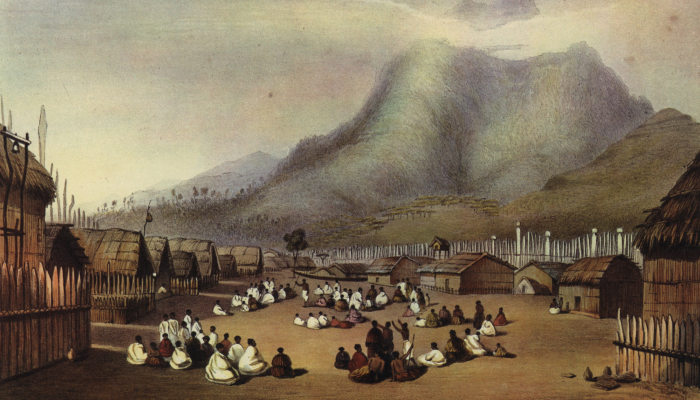
Image: Tu Kaitote, the Pah of Te Whero Whero, on the Waikato, Taupiri Mountain in the distance by George French Angas on Wikimedia Commons.
Entry last updated: 6/11/25
Introduction
Māori came to Aotearoa New Zealand more than 700 years ago, between 1250 and 1300 CE. They travelled by waka (canoes) from East Polynesia and landed at different places along the coast. The arrival of Pākehā (European) settlers between the 1700s and 1800s had a huge impact on Māori in many ways. This entry will help you find information about Māori history — from their arrival to the present day.
General websites
These websites from Aotearoa New Zealand have lots of information on the history of Māori. You’ll learn where Māori came from, what shaped their culture, important leaders and heroes, and key moments in their history.
Te Ara: The Encyclopedia of New Zealand
Te Ara is an excellent starting point for all questions about Aotearoa New Zealand. If we look down to the bottom of the page, we can see that the website belongs to the Ministry for Culture & Heritage, so the information is well-researched and reliable.
There are many ways to explore this website.
Go to the Sitemap and look for Section: Māori New Zealanders to read about Māori origins and arrivals from Hawaiki, and the story called Pacific migrations.
Use the section called DNZB Biographies to search for life stories of important people in Māori history, like Whina Cooper or Peter Buck.
You can also use the search box to look for information on significant events such as the New Zealand Wars or historic regions like the Taranaki region.
Also from Section: Māori New Zealanders, explore Iwi to read about the origin of each iwi, the waka they travelled by, and where they landed in Aotearoa.
For example, the story on Ngāpuhi tells us that they travelled by the Matawhaorua canoe and landed in the Hokianga Harbour.
You will also find information on their ancestors and Ngāpuhi today.
Remember to explore External links and source. If the iwi has an official website, it should be listed here.
Te Tai Treaty Settlement Stories
Te Tai is a part of Te Ara. It was created to collect and share the histories of te Tiriti o Waitangi | the Treaty of Waitangi settlements from across the country. You can view it in English or te reo Māori. It is a great resource for understanding Māori perspectives.
Choose Treaty settlement stories along the top of the page to have a look through all the stories.
You can choose to look at Iwi settlement stories or Kaupapa settlement stories.
For example, if you choose Kaupapa settlement stories, you can read about Te mana o te reo Māori, the history of te reo Māori from the 1200s to the present day.
Tips: We like sites like this because they’re reliable. You can tell because of their web address – they have either .govt or .ac, meaning they are from government or educational organisations. They’re also New Zealand sites, so relevant for us.
NZ History is another great website for information about Aotearoa New Zealand. This website also belongs to the Ministry for Culture & Heritage. You can search this site using the search box or use the tabs and sections to guide you to various aspects of Māori history.
From the homepage, choose Culture and Society, then the link Pre-1840 contact. Explore the relationship between Māori and Pākehā in the years before the signing of He Whakaputanga | Declaration of Independence.
The section on Politics and Government has information on the Treaty of Waitangi and the Kīngitanga (Māori King movement).
The section on New Zealand at war covers the Musket Wars and the New Zealand Wars.
The Events tab along the top of the homepage will take you to a timeline of events, like the First known encounter between the Māori and the Europeans.
Go down the page to Featured Biographies to search for Māori leaders and famous people like Princess Te Puea and Māui Pōmare.
You can also use a keyword search like Māori language to bring up the History of the Māori language.
Tips: Search words, or keywords, are the most important words in our question. You can leave out small words like ‘the’ and ‘of’ and just choose the main ones, eg Māori language. We can always change our keywords or add more if we need to.
This is an online magazine run by the Mana Trust. It has stories about what it means to be Māori or Pacific in Aotearoa. It's great for getting a Māori perspective.
Have a look at the History tab along the top of the page to browse recent articles written about Māori history.
You can also search by entering keywords into the Search box near the top of the page.
Tips: Websites that have .com or .co in the address can have good information, but you need to assess how reliable it is. Check the About us link on the website, if you can find one. That can tell you what the company’s mission and values are.
New Zealand History Collection
The New Zealand History Collection provides access to a range of full-text e-books. It is part of the EPIC collection of databases which contain reliable information for New Zealand students.
Browse through the available e-books for ones on Māori history.
Some books are Tangata Whenua: A History, The First Migration: Māori Origins 3000BC – AD1450, and Te Tiriti o Waitangi/The Treaty of Waitangi, 1840.
Under the heading Te Pouhere Kōrero, you will find digitised copies of the Te Pouhere Kōrero – Māori History, Māori People magazine. These are written by local whānau, hapū and iwi experts, for Māori, by Māori.
Tips: To use the EPIC resources, you need a password from your school librarian. Or chat with one of our AnyQuestions librarians to help you online. Some EPIC databases may also be available through your public library.
Topic Explorer is an online tool from the National Library of New Zealand. It has a wide range of quality resources for students selected from reliable national and international sources.
Choose a year level, eg Years 7 - 8.
Choose a topic eg Māori and Pākehā relationships 1790–1840.
Look under the Years 9-10 to find Parihaka — peaceful protest and seeking justice.
Tips: We like sites like this because they’re reliable. You can tell because of their web address – they have either .govt or .ac, meaning they are from government or educational organisations. They’re also New Zealand sites, so relevant for us.
Video
These websites have some great videos about Māori history.
NZ On Screen is an online showcase of New Zealand television, film and music videos on news, current affairs, sport and various other categories.
Go to Explore and look for the Māori category. This has a selection of documentaries on Māori history, culture and society.
Or, use the search box to enter 'Māori history' or search a specific event eg Bastion Point or
You could also use the tabs Explore, Collections, Interviews from the top of the page to see what they have on this topic.
Tips: Websites that have .com or .co in the address can have good information, but you need to assess how reliable it is. Check the About us link on the website, if you can find one. That can tell you what the company’s mission and values are.
The Aotearoa History Show is a video series made by Radio New Zealand (RNZ). It tells the story of Aotearoa New Zealand from when the land was formed to today.
Browse Season 1 and Season 2 for episodes.
For the episode, find Episode details to find the topics covered and a link to the video.
For example, in Season 1 find Post-War New Zealand with information about Māori after World War Two. Season 2 has a video about the Native Land Court.
Primary sources
Primary sources are first-hand accounts or records of people, places and events. They include letters, photos, interviews, video clips and newspaper articles that show what life was like at a particular time in history.
DigitalNZ is a search site that focuses on all things New Zealand. It connects you to reliable digital collections from New Zealand libraries, museums, galleries, government departments, media and community groups.
Try searching for '1975 hīkoi' or '1975 march' to find images, audio, and videos on this topic.
Watch the video News; Archive news - 1975 Land March taken at the time of the hīkoi.
The tab More has articles, newspapers, research papers, and websites etc for you to explore.
Tips: Websites that have .org or .net in the address can have good information, but you need to assess how reliable it is. Check the About us link on the website, if you can find one. That can tell you what the organisation’s mission and values are.
This is the online version of a bilingual magazine published by the Māori Affairs Department from 1952 to 1976. It was published 4 times a year, so it is known as a 'quarterly'.
You can search by entering keywords into the search box in the top left corner.
Another way to read articles is to choose the issue you want to read from the list and then browse the articles.
For example, find the issue from September 1964. It has an articles about Hone Tuwhare, the Māori poet, and The Story of the Rainbow, Māori traditions related to the rainbow.
Papers Past is a searchable collection of early New Zealand newspapers (19th and 20th centuries), letters, diaries, magazines and Parliamentary Papers digitised by the National Library and partners.
Select Newspapers and enter the keywords 'Treaty of Waitangi' to find articles reported in newspapers from around the country.
Use the same search to find information in Magazines and Journals, Letters and Diaries and Parliamentary Papers.
Each collection has tools and guidelines to help you refine your search if you need to.
Tips: Search words, or keywords, are the most important words in our question. Usually it’s better to leave out small words like ‘the’, ‘a’ and ‘of’ and just choose the main ones, eg Māori history. We can always change our keywords or add more if we need to.
Books
Visit your school or local public library to see what they have on Māori history. Also, check if the iwi from your local area has its own magazine. This will include information about local Māori history from an iwi perspective.
Here are a few popular titles:
First footprints: people, land, and resources in Aotearoa by Peter Adds, Bronwyn Wood
Face to face: two cultures meet in Aotearoa by Terri Kessell
Framing the frontier: life in 19th-century Aotearoa by Terri Kessell
Tangata Whenua: the world of the Māori by D M Stafford.
Toitū te whenua: places and people of the New Zealand Wars by Lauren Keenan
The Treaty of Waitangi = Te Tiriti o Waitangi: an illustrated history by Claudia Orange
SCIS no: 1923662
Topics covered
Related content
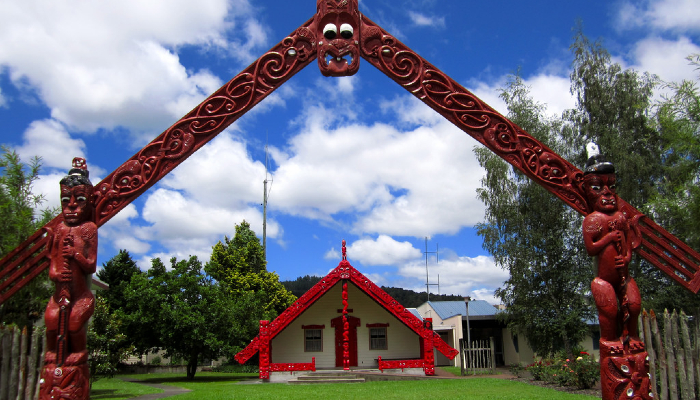
Māori culture and customs
Where can I find information about traditional Māori culture and customs?
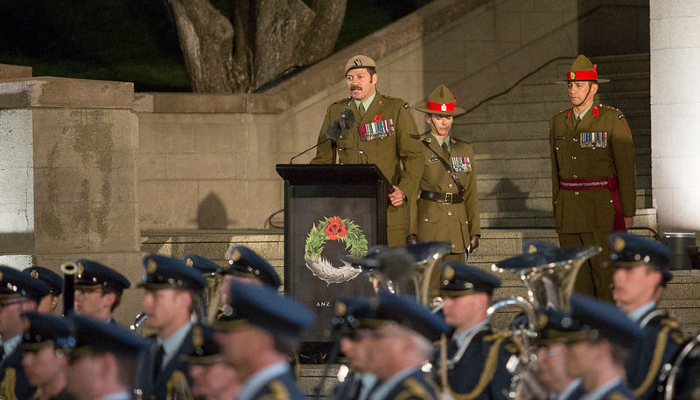
Māori leaders and heroes
Where can I find information about Māori leaders and heroes?

Decl. of Independence NZ
Where can I find information about He Whakaputanga o te Rangatiratanga – The Declaration of Independence?
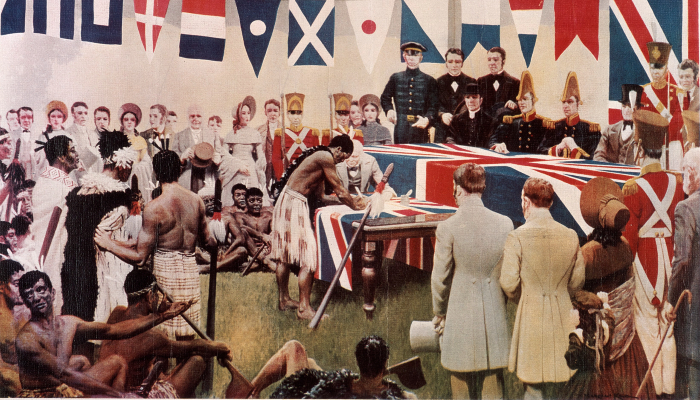
Treaty of Waitangi
Where can I find information about the Treaty of Waitangi - Te Tiriti o Waitangi?

Hōne Heke (?–1850)
Where can I find information about Hōne Heke?
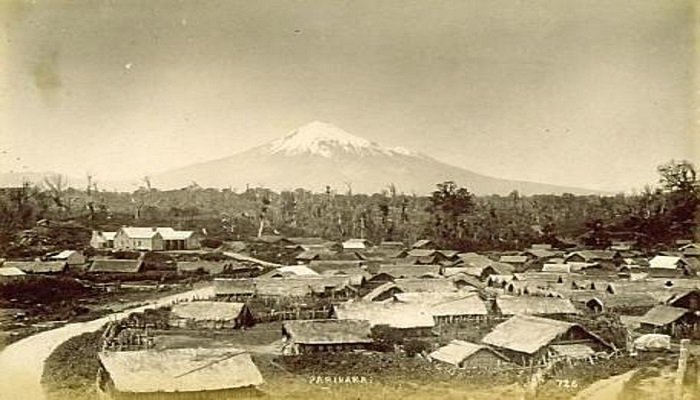
Parihaka
Where can I find information about Parihaka?

Māori Battalion
Where can I find information about the Māori Battalion?

Māori Land March 1975
Where can I find information about the Māori Land March in 1975?
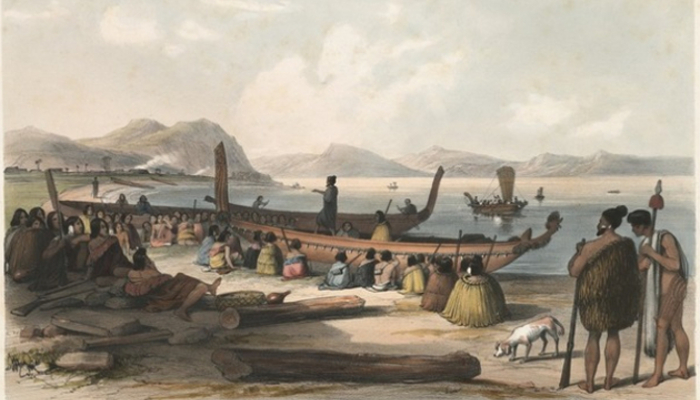
Musket Wars (1810s–1830s)
Where can I find information about the Musket Wars?

Kiingitanga (Māori King movement)
Where can I find information about Kiingitanga – the Māori King movement?

History (New Zealand)
Where can I find information about New Zealand history?
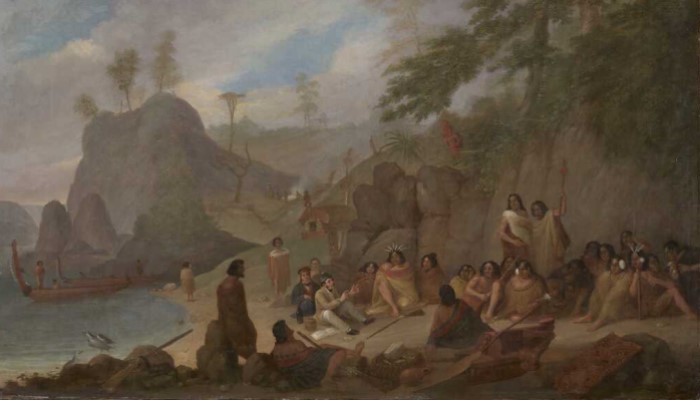
Māori and Pākehā relationships 1790–1840
Discover resources related to Māori and Pākehā relationships 1790–1840.
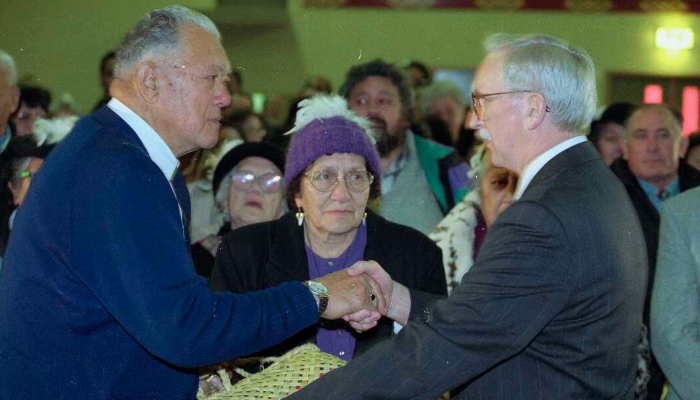
Waitangi Tribunal
Discover resources related to the Waitangi Tribunal.
